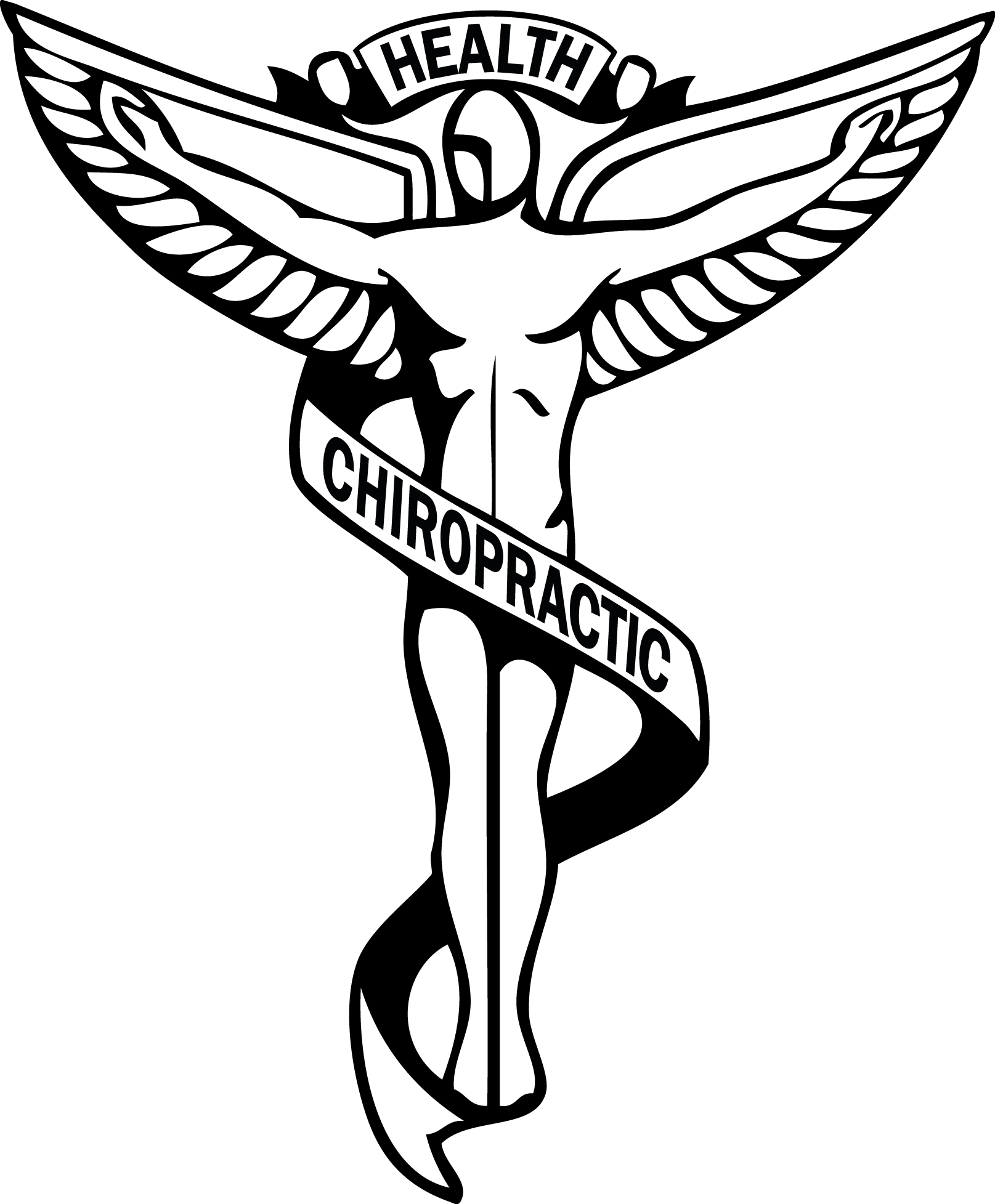What Is Chiropractic?

Chiropractic is a health care profession that focuses on disorders of the musculoskeletal system and the nervous system, and the effects of these disorders on general health. Chiropractic care is used most often to treat neuromusculoskeletal complaints, including but not limited to back pain, neck pain, pain in the joints of the arms or legs, and headaches. Doctors of Chiropractic – often referred to as chiropractors or chiropractic physicians – practice a drug-free, hands-on approach to health care that includes patient examination, diagnosis, and treatment. Chiropractors have broad diagnostic skills and are also trained to recommend therapeutic and rehabilitative exercises, as well as to provide nutritional, dietary, and lifestyle counseling.
The most common therapeutic procedure performed by doctors of chiropractic is known as “spinal manipulation,” also called “chiropractic adjustment.” The purpose of manipulation is to restore joint mobility by manually applying a controlled force into joints that have become hypomobile – or restricted in their movement – as a result of a tissue injury. Tissue injury can be caused by a single traumatic event, such as improper lifting of a heavy object, or through repetitive stresses, such as sitting in an awkward position with poor spinal posture for an extended period of time. In either case, injured tissues undergo physical and chemical changes that can cause inflammation, pain, and diminished function for the sufferer. Manipulation, or adjustment of the affected joint and tissues, restores mobility, thereby alleviating pain and muscle tightness, and allowing tissues to heal. Chiropractic adjustment rarely causes discomfort. However, patients may sometimes experience mild soreness or aching following treatment (as with some forms of exercise) that usually resolves within 12 to 48 hours. In many cases, such as lower back pain, chiropractic care may be the primary method of treatment. When other medical conditions exist, chiropractic care may complement or support medical treatment by relieving the musculoskeletal aspects associated with the condition. Doctors of chiropractic may assess patients through clinical examination, laboratory testing, diagnostic imaging and other diagnostic interventions to determine when chiropractic treatment is appropriate or when it is not appropriate. Chiropractors will readily refer patients to the appropriate health care provider when chiropractic care is not suitable for the patient’s condition, or the condition warrants co-management in conjunction with other members of the health care team.
As it pertains to the athlete and team sports, the focus of chiropractic sports specialists (CCSP) is to provide care in the conservative management, rehabilitation and performance optimization of neuromusculoskeletal system for athletic populations and to participate in a multi-disciplinary sports injury care environment
Conditions We Have Treated Successfully In Our Clinic
Tension Headaches
Migraines
Neck Pain
Frozen Shoulder
Rotator Cuff Syndrome
Tennis Elbow
Golfers Elbow
Carpal Tunnel Syndrome
Mid Back Pain
Low Back Pain
Sciatica
Facet Syndrome
Myofascial Syndrome
Muscle Adhesions
Soft Tissue Scarring
Herniated Discs
Peripheral Nerve Entrapment
Fibromyalgia
Piriformis Syndrome
Iliotibial Band (ITB) Syndrome
Patellar Tracking Dysfunction
Chondromalacia Patella
Runner’s Knee
Shin Splints
Plantar Fasciitis
Osteoarthritis
Overuse Injuries
Whiplash
Sprain/Strains
Tendonitis
Bursitis
Compartment Syndrome
Vertigo
Sports Injuries
